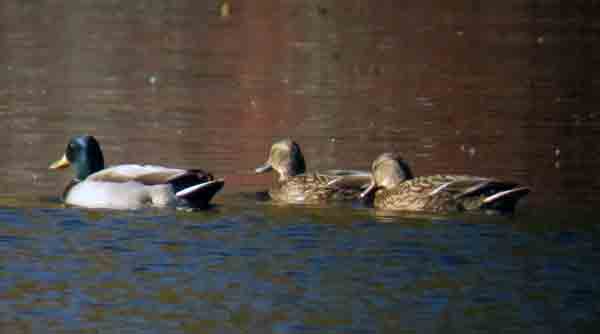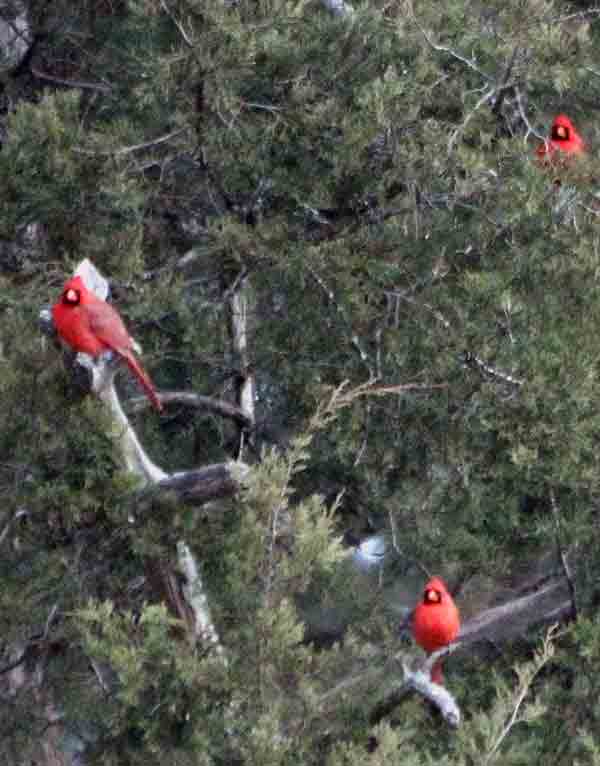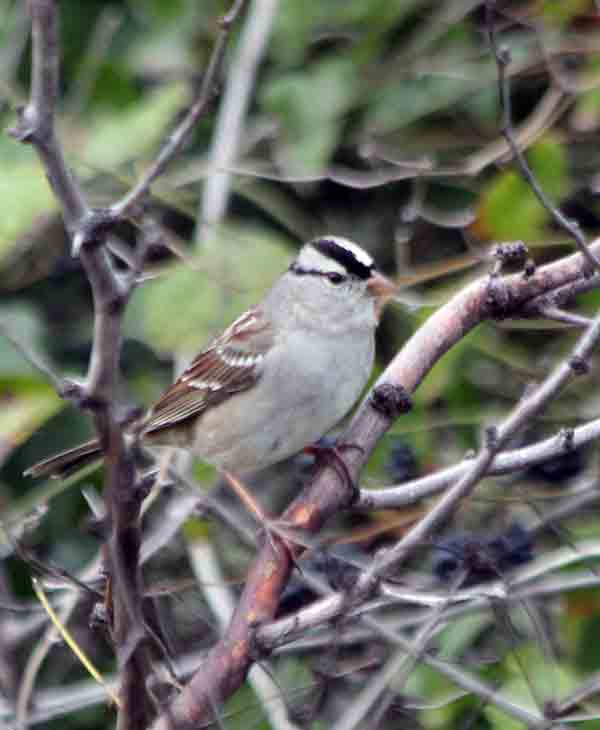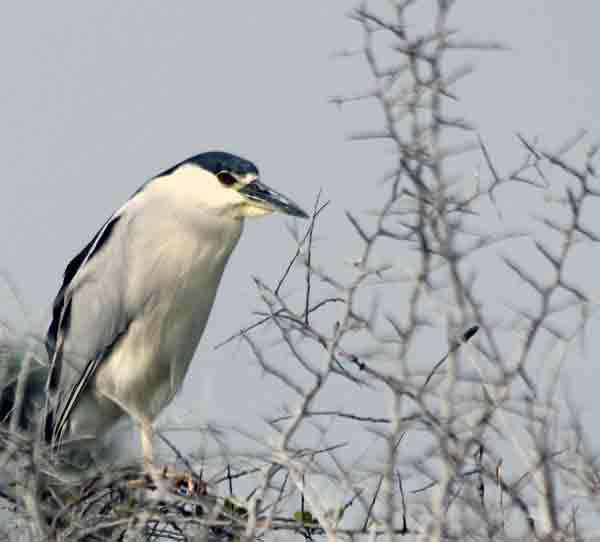Last month, I wrote a blog post about using BirdLog to track my sightings in the field and enter them right into eBird. I love it and use it often. However, it really helps to use Bird Codes to identify birds — saves a lot of typing and guessing. So I decided to learn more about bird codes — those weird ACRONYMS that serious birders seem to effortlessly roll off their tongues. I always thought folks were showing off until I learned the ease and the facility of using them.
Alpha codes are 4-letter shorthand abbreviations for bird species. These codes are commonly used in field notes to quickly record and submit sightings (i.e. eBird.org) and other situations where writing down the entire species name is impractical. The rules are pretty simple:
1. If the name is one word, the code is the first four letters. Mallard for example is MALL or Dickcissel is DICK.
2. Also simple are birds with 2-word names. Just take the first two letters of each word. Winter Wren = WIWR, American Goldfinch = AMGO.
3. Birds with 3-word names get more complicated; if there is a hyphen between two words take one letter from each of the hyphenated words, and two letters from the other word. Eastern Screech-Owl = EASO.
4. If the name has four parts, either separate words or hyphenated parts, the code is the first letter of each part. Black-crowned Night Heron = BCNH.





The troublesome ones are the collisions, but BirdLog seems to come up with both choices when you type something ambiguous (like “NOSH”, which could be either Northern Shrike or Northern Shoveller – the actual codes are NSHR and NSHO). In most cases you can resolve a conflict by taking 3 letters from the first word and 1 from the second, but this still conflicts in the case above, so then you take 1 from the first and 3 from the second, etc.
In the case of BirdLog, you can just type a short part of the name if the code doesn’t work. I usually hit this with “BASW” as an attempt for Barn Swallow, but this conflicts with Bank Swallow and Bahama Swallow, so it’s not used. Since I didn’t know this, I just typed “Barn” and saw it in the list of choices, beside Barn Owl.
Good points. I have trouble keeping BirdLog running on my iPhone — I get it started and if I let it rest as I bird, it often goes back to the startup page. My session underway is shown and I can select it and up it comes but it’s annoying. Have you run into that problem?